ELECTRICAL TECHNOLOGY: DIGITALS GRADE 12 QUESTIONS - NSC EXAMS PAST PAPERS AND MEMOS NOVEMBER 2018
Share via Whatsapp Join our WhatsApp Group Join our Telegram GroupELECTRICAL TECHNOLOGY: DIGITALS
GRADE 12
NSC EXAMS
PAST PAPERS AND MEMOS NOVEMBER 2018
INSTRUCTIONS AND INFORMATION
- This question paper consists of FIVE questions.
- Answer ALL the questions.
- Answer the following questions on the attached ANSWER SHEETS:
QUESTION 2.3.2
QUESTIONS 2.4.1, 2.5.2, 2.6.3, 2.7.4, 2.8.1, 2.8.2 and 2.9.1
QUESTION 3.1.3
QUESTIONS 4.3 and 4.5.2 - Write your CENTRE NUMBER and EXAMINATION NUMBER on every ANSWER SHEET and hand them in with your ANSWER BOOK, whether you have used them or not.
- Sketches and diagrams must be large, neat and fully labelled.
- Show ALL calculations and round off answers correctly to TWO decimal places.
- Number the answers correctly according to the numbering system used in this question paper.
- You may use a non-programmable calculator.
- Show the units for ALL answers of calculations.
- A formula sheet is attached at the end of this question paper.
- Write neatly and legibly.
QUESTIONS
QUESTION 1: OCCUPATIONAL HEALTH AND SAFETY (GENERIC)
1.1 Define the term major incident with reference to the Occupational Health and Safety Act, 1993 (Act 85 of 1993). (2)
1.2 State TWO general duties of manufacturers with regard to a product that will be used at the workplace. (2)
1.3 Explain why horseplay is an unsafe act in the workshop. (2)
1.4 State TWO procedures that you have to follow to protect yourself when you help a person who is being shocked by electricity. (2)
1.5 Define the term qualitative risk analysis. (2) [10]
QUESTION 2: SWITCHING CIRCUITS (SPECIFIC)
2.1 Explain the purpose of an astable multivibrator. (2)
2.2 Refer to FIGURE 2.2 below and answer the questions that follow. 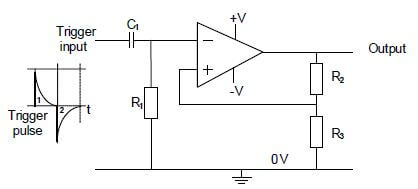
FIGURE 2.2: MULTIVIBRATOR
2.2.1 Identify the multivibrator in FIGURE 2.2. (1)
2.2.2 Name the type of feedback provided by R2. (1)
2.2.3 Describe the change in the output signal with reference to input trigger pulses 1 and 2. (3)
2.3 FIGURE 2.3 below shows the 555 IC astable multivibrator and the voltage graph of capacitor C1. Answer the questions that follow. 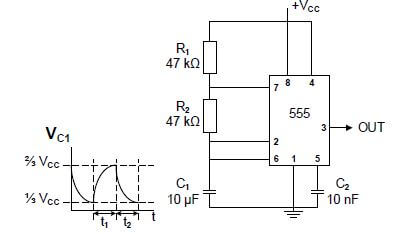
FIGURE 2.3: 555 IC ASTABLE MULTIVIBRATOR
2.3.1 Name ONE application of an astable multivibrator. (1)
2.3.2 Draw the output signal with reference to signal VC1 on ANSWER SHEET 2.3.2. (2)
2.3.3 Describe how an increase in the value of R1 will affect the output signal. (3)
2.4 FIGURE 2.4 below shows input trigger pulses A and B to a 555 monostable multivibrator. Answer the questions that follow. 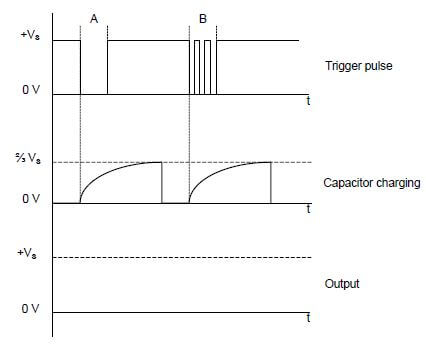
FIGURE 2.4: MONOSTABLE MULTIVIBRATOR TRIGGER PULSES
2.4.1 Draw the output signal on ANSWER SHEET 2.4.1. (4)
2.4.2 Describe the condition that occurred at trigger pulse B. (2)
2.4.3 Explain why the condition that occurs at trigger pulse B does NOT affect the capacitor charging. (3)
2.5 Refer to FIGURE 2.5 below and answer the questions that follow. 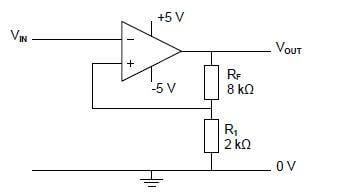
FIGURE 2.5: INVERTING SCHMITT TRIGGER
2.5.1 Name TWO transducers that can be used as input devices to the Schmitt trigger. (2)
2.5.2 Draw the output signal on ANSWER SHEET 2.5.2 if the input signal in FIGURE 2.5.2 below is applied to the circuit. 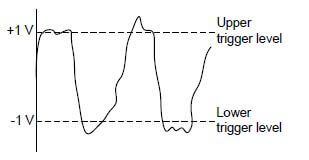
FIGURE 2.5.2: INPUT SIGNAL (4)
2.5.3 Describe how a decrease in the value of R1 will affect the trigger voltage level of the Schmitt trigger. (3)
2.6 FIGURE 2.6 shows the 741 op amp as a comparator. Answer the questions that follow. 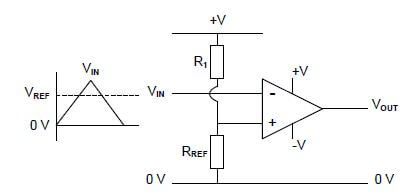
FIGURE 2.6: COMPARATOR
2.6.1 State the purpose of the comparator. (1)
2.6.2 Briefly explain how the comparator achieves its function. (3)
2.6.3 Draw the output signal on ANSWER SHEET 2.6.3, with reference to the input signal in FIGURE 2.6. (3)
2.7 Refer to FIGURE 2.7 below and answer the questions that follow. 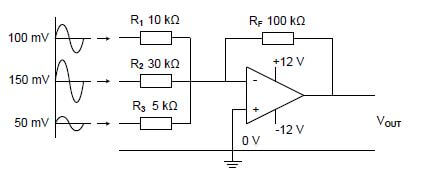
FIGURE 2.7: INVERTING SUMMING AMPLIFIER
2.7.1 Calculate the output voltage. (3)
2.7.2 Explain how this circuit can be modified to control the input voltage of each signal independently. (2)
2.7.3 Describe how this circuit can be modified to prevent DC from being fed back to the input voltage sources. (2)
2.7.4 Draw the output signal on ANSWER SHEET 2.7.4. (2)
2.8 FIGURE 2.8 below shows an op amp as a differentiator. Draw the output signals on ANSWER SHEET 2.8, when the signals shown in QUESTIONS 2.8.1 and 2.8.2, are applied to the input of the circuit. 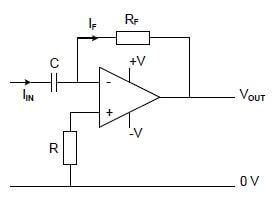
FIGURE 2.8: OP AMP AS DIFFERENTIATOR
2.8.1 Sine wave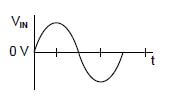 (3)
(3)
2.8.2 Triangular wave  (3)
(3)
2.9 Refer to FIGURE 2.9 below and answer the questions that follow. 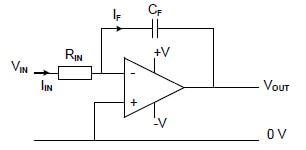
FIGURE 2.9: OP AMP AS INTEGRATOR
2.9.1 Draw the output signal on ANSWER SHEET 2.9.1, when the input signal in FIGURE 2.9.1 below is applied. 
FIGURE 2.9.1: INPUT SIGNAL (3)
2.9.2 Describe what will happen to the output signal if the RC time constant is short. (4) [60]
QUESTION 3: SEMICONDUCTOR DEVICES (SPECIFIC)
3.1 FIGURE 3.1 below shows the 741 op amp. Answer the questions that follow. 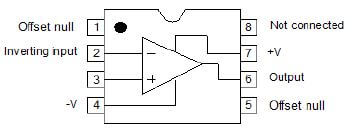
FIGURE 3.1: 741 OP AMP
3.1.1 Label pin 3. (1)
3.1.2 Name the type of package in which the integrated circuit (IC) above is constructed. (1)
3.1.3 Draw the output signal on ANSWER SHEET 3.1.3 if the signals in FIGURE 3.1.3 below are applied to the inputs of an op amp. 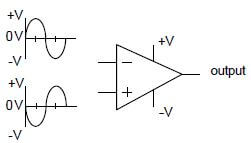
FIGURE 3.1.3: SIGNALS (2)
3.2 State the typical operating voltages of a 741 op amp. (2)
3.3 State TWO characteristics of an ideal op amp. (2)
3.4 Explain the difference between open-loop gain and closed-loop gain with reference to op amps. (2)
3.5 Calculate the output voltage of the op amp in FIGURE 3.5 below. 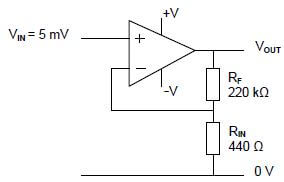
FIGURE 3.5: OP AMP
Given:
VIN = 5 mV
RIN = 440 Ω
RF = 220 kΩ (3)
3.6 FIGURE 3.6 below shows the 555 IC. Answer the questions that follow. 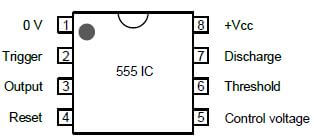
FIGURE 3.6: 555 IC
3.6.1 Explain how the trigger input pin on a 555 IC achieves its function. (3)
3.6.2 Refer to FIGURE 3.6.2 below and explain the operation of the 555 timer when connected in monostable mode. 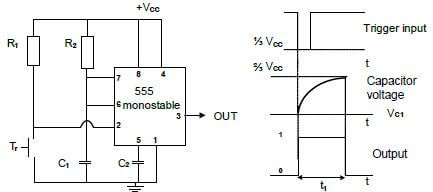
FIGURE 3.6.2: MONOSTABLE MULTIVIBRATOR (4) [20]
QUESTION 4: DIGITAL AND SEQUENTIAL DEVICES (SPECIFIC)
4.1 Briefly explain how a liquid crystal display (LCD) controls the passing of light through it. (3)
4.2 Refer to an LED seven-segment display and illustrate the difference between a sinking output and a sourcing output using TWO simple diagrams. (4)
4.3 Study FIGURE 4.3 below of a decimal-to-binary encoder. Use the table on ANSWER SHEET 4.3 to complete the truth table. 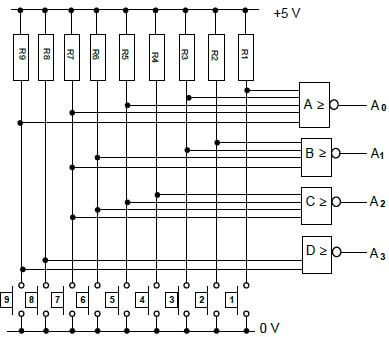
FIGURE 4.3: DECIMAL-TO-BINARY ENCODER (10)
4.4 Draw the block diagram of a four-bit parallel adder that will be able to add the following two numbers:
A3A2A1A0 + B3B2B1B0 (7)
4.5 FIGURE 4.5 below represents the logic symbol of a J-K flip-flop. 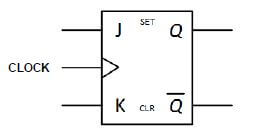
FIGURE 4.5: LOGIC SYMBOL OF J-K FLIP-FLOP
4.5.1 Draw the logic circuit of this flip-flop using AND gates and NOR gates. (7)
4.5.2 Complete the truth table of the flip-flop below on ANSWER SHEET 4.5.2. (4)
TABLE 4.5.2: TRUTH TABLE
INPUTS | OUTPUTS | |||
CLOCK | J | K | Q | Ò |
| | 0 | 0 | ||
| | 0 | 1 | ||
| | 1 | 0 | ||
| | 1 | 1 | ||
4.6 Describe the difference between a synchronous counter and an asynchronous counter. (2)
4.7 FIGURE 4.7 below shows a three-stage synchronous self-stopping up-counter. Explain the operation of this counter. 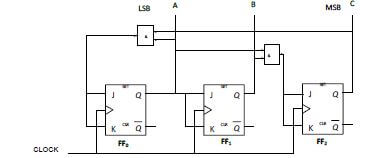
FIGURE 4.7: THREE-STAGE SYNCHRONOUS SELF-STOPPING UP-COUNTER (8)
4.8 Draw a neatly labelled sketch of a 4-bit serial-in parallel-out shift register using D-type flip-flops. Show ALL inputs and outputs. (10) [55]
QUESTION 5: MICROCONTROLLERS (SPECIFIC)
5.1 State TWO uses of a microcontroller in commercial devices. (2)
5.2 State TWO advantages of a microcontroller. (2)
5.3 Explain the basic process that a microcontroller follows to fulfil its function. (4)
5.4 Refer to the block diagram of communication in a microcontroller in FIGURE 5.4 below. Answer the questions that follow. 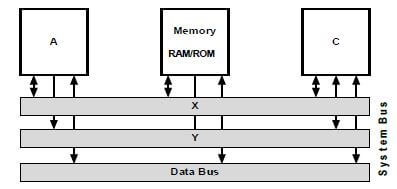
FIGURE 5.4: COMMUNICATION IN A MICROCONTROLLER
5.4.1 Label the following blocks in FIGURE 5.4:
- A (1)
- C (1)
5.4.2 Identify the following bus connections:
- X (1)
- Y (1)
5.5 Define the following elements in a microcontroller:
5.5.1 Protocol (1)
5.5.2 Communication protocol (2)
5.5.3 Hardware interface (2)
5.6 Refer to registers within the CPU and answer the questions that follow.
5.6.1 Briefly define a register. (2)
5.6.2 Describe the function of a register. (2)
5.6.3 Name TWO types of registers that are used in the CPU of a microcontroller. (2)
5.6.4 Explain the function of the memory data register. (2)
5.7 Discuss the read-only memory (ROM) with reference to the CPU of a microcontroller. (4)
5.8 Draw the serial communication block diagram for:
5.8.1 Synchronous communication (4)
5.8.2 Asynchronous communication (4)
5.9 Name THREE types of communication peripherals. (3)
5.10 Give the reason why the RS-485 communication protocol is used in industrial applications. (2)
5.11 Identify the following flow diagram symbols: 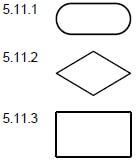 @ (1)
@ (1)
5.12 Design a flow diagram of a home security system that has THREE sensors in different parts of the house. If any one of the sensors is activated, the alarm will be activated. The alarm must include a reset function. No timing function is required. (10) [55]
TOTAL: 200
FORMULA SHEET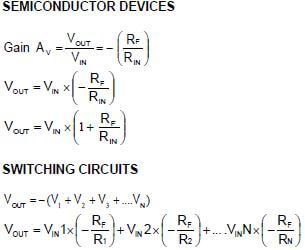
EXAMINATION NUMBER: |
CENTRE NUMBER: |
ANSWER SHEET 2.3.2 Input 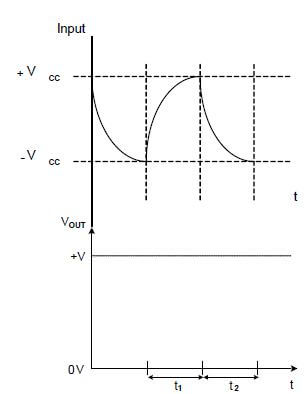
FIGURE 2.3.2 (2)
EXAMINATION NUMBER: |
CENTRE NUMBER: |
ANSWER SHEET 2.4.1 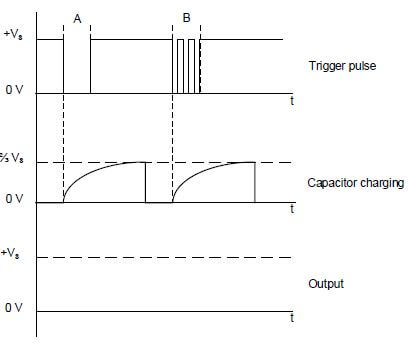
FIGURE 2.4.1 (4)
EXAMINATION NUMBER: |
CENTRE NUMBER: |
ANSWER SHEET 2.5.2 +1 V 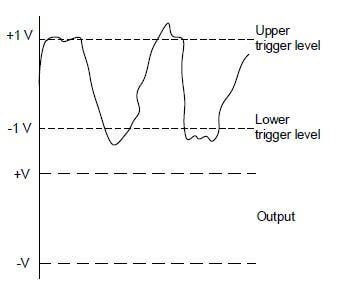
FIGURE 2.5.2 (3)
EXAMINATION NUMBER: |
CENTRE NUMBER: |
ANSWER SHEET 2.6.3 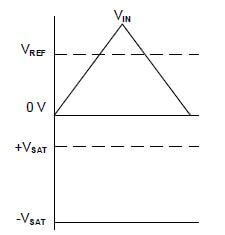
FIGURE 2.6.3 (3)
EXAMINATION NUMBER: |
CENTRE NUMBER: |
ANSWER SHEET 2.7.4 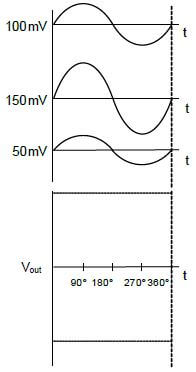
FIGURE 2.7.4 (2)
EXAMINATION NUMBER: |
CENTRE NUMBER: |
ANSWER SHEET 2.8 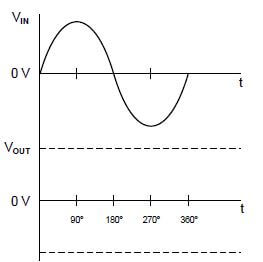
FIGURE 2.8.1 (3)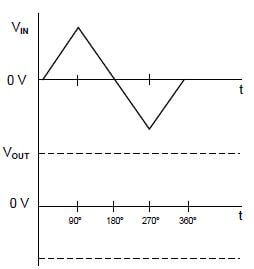
FIGURE 2.8.2 (3)
EXAMINATION NUMBER: |
CENTRE NUMBER: |
ANSWER SHEET 2.9.1 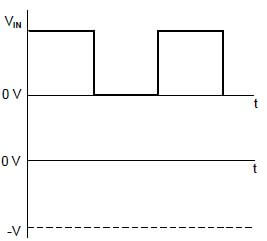
FIGURE 2.9.1 (3)
EXAMINATION NUMBER: |
CENTRE NUMBER: |
ANSWER SHEET 3.1.3 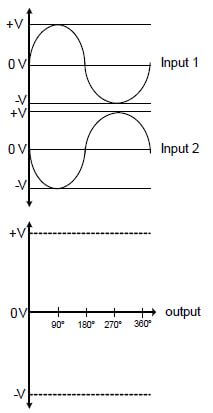
FIGURE 3.1.3 (2)
EXAMINATION NUMBER: |
CENTRE NUMBER: |
ANSWER SHEET 4.3
INPUTS | OUTPUTS | ||||||||||||
0 | 1 | 2 | 3 | 4 | 5 | 6 | 7 | 8 | 9 | A3 | A2 | A1 | A0 |
1 | 1 | 1 | 1 | 1 | 1 | 1 | 1 | 1 | 1 | ||||
1 | 0 | 1 | 1 | 1 | 1 | 1 | 1 | 1 | 1 | ||||
1 | 1 | 0 | 1 | 1 | 1 | 1 | 1 | 1 | 1 | ||||
1 | 1 | 1 | 0 | 1 | 1 | 1 | 1 | 1 | 1 | ||||
1 | 1 | 1 | 1 | 0 | 1 | 1 | 1 | 1 | 1 | ||||
1 | 1 | 1 | 1 | 1 | 0 | 1 | 1 | 1 | 1 | ||||
1 | 1 | 1 | 1 | 1 | 1 | 0 | 1 | 1 | 1 | ||||
1 | 1 | 1 | 1 | 1 | 1 | 1 | 0 | 1 | 1 | ||||
1 | 1 | 1 | 1 | 1 | 1 | 1 | 1 | 0 | 1 | ||||
1 | 1 | 1 | 1 | 1 | 1 | 1 | 1 | 1 | 0 | ||||
TABLE 4.3 (10)
EXAMINATION NUMBER: |
CENTRE NUMBER: |
ANSWER SHEET 4.5.2
INPUTS | OUTPUTS | |||
CLOCK | J | K | Q | Ô |
| | 0 | 0 | ||
| | 0 | 1 | ||
| | 1 | 0 | ||
| | 1 | 1 | ||
TABLE 4.5.2 (4)